Is the Toyota Prius C Better Left in Japan?

While the Toyota Prius was an inarguable success on the North American market, its smaller sibling really only had a few good years before sales figures started trending in the wrong direction. The Prius C attempted to court urbanites (the C stands for city) by offering the same hybrid concept in a smaller package. Unfortunately, Toyota only managed to move around 13,000 between the United States and Canada in 2017 before its discontinuation the following year — leaving us with the standard Prius and the tongue-twisting Prius Prime Plug-in Hybrid.
But the C has since been revised in its native Japan, where it’s called the Aqua, resulting in a slightly roomier automobile with a new high-output bipolar nickel-hydrogen battery that’s supposed to deliver improved responsiveness and range. Considering the escalation of Western fuel prices, we’re wondering if it’s time for the Prius C to make a comeback in our neck of the woods or if it’s better left to cruise around the tight streets of Tokyo where its success is all but assured as the Aqua.
Toyota is attempting to think long-term with this one and deliver a vehicle that can satisfy economically minded consumers for the next decade. That involved making the Aqua a 2.0-inch longer wheelbase (via the TNGA-B platform) that’s primary goal was creating more interior volume for rear passengers and cargo. Considering the old model couldn’t even store 20 cubic feet of junk without folding down the seats, nixing rear passengers to accommodate for 70 cubic feet, this is likely to be a major win for the model.
But the most important aspect has to be the powertrain and clearly where Toyota put most of its effort. The entire package has been shrunk down using “bipolar electrodes” that effectively allow the cells to be stacked like sardines. This results in a smaller, tightly packed battery that weighs less and can have a charged sent straight through the stack. It also means Toyota could cram in more cells overall.
The manufacturer says this has resulted in a vehicle with 1.5 times the power output of its predecessor, while the use of NiMH batteries allows for more predictable performance in colder climates. Toyota has been one of the few companies that have spoken about battery technologies in a manner I would consider serious, at least when pressed, and has prided itself on advancing hybrid technology since the beginning. Cold-weather performance has been something its engineers have been going on about for years.
While this is less important in a hybrid than an EV, it still makes a difference in overall performance. Toyota is promising the 1.5-liter “Dynamic Force Engine” and an optimized HEV system is capable of returning 35.8 km/L (which translates into an insane 84 mpg) on the more basic model. Though the figure is likely inflated a bit by the nature of Toyota using the WLTC test cycle. The United States’ EPA assessment would undoubtedly yield smaller numbers.
It’s still wildly impressive and shouldn’t come down by much on better equipped Aqua models, which have tried to add more comfort, quietness, and practicality. While packaging would be different for North America, Toyota is adding larger displays, improved interior storage solutions, and an “emergency power supply mode” that effectively turns the car into a generator for pretty much whatever customers need during a blackout or camping trip.
Toyota is also promising more power and smoother acceleration (figures TBA), with the ability to accommodate single-pedal driving. While this is a feature we’ve seen cropping up on EVs, your author has mixed feelings on its true utility. Upping the regenerative qualities of the car is nice and extends the overall range. But the single-pedal mode can also make the vehicle feel like a combustion car that’s stuck in low gear if it’s not done well.
Though that ultimately has no impact on my trying to decide if bringing back the Prius C is a move Toyota should be making. While we already have the Corolla Hybrid, it’s locked into a mid-tier trim and is only about a grand cheaper than the base $24,525 Prius. The Aqua is offering substantially better-claimed efficiencies in a smaller and likely cheaper package (it starts in Japan for under $18,000), making us wonder if it’s time for the Prius C to make a comeback as fuel prices climb and the American economy develops a thousand-yard stare.
[Images: Toyota]

A staunch consumer advocate tracking industry trends and regulation. Before joining TTAC, Matt spent a decade working for marketing and research firms based in NYC. Clients included several of the world’s largest automakers, global tire brands, and aftermarket part suppliers. Dissatisfied with the corporate world and resentful of having to wear suits everyday, he pivoted to writing about cars. Since then, that man has become an ardent supporter of the right-to-repair movement, been interviewed on the auto industry by national radio broadcasts, driven more rental cars than anyone ever should, participated in amateur rallying events, and received the requisite minimum training as sanctioned by the SCCA. Handy with a wrench, Matt grew up surrounded by Detroit auto workers and managed to get a pizza delivery job before he was legally eligible. He later found himself driving box trucks through Manhattan, guaranteeing future sympathy for actual truckers. He continues to conduct research pertaining to the automotive sector as an independent contractor and has since moved back to his native Michigan, closer to where the cars are born. A contrarian, Matt claims to prefer understeer — stating that front and all-wheel drive vehicles cater best to his driving style.
More by Matt Posky
Latest Car Reviews
Read moreLatest Product Reviews
Read moreRecent Comments
- Rochester If I could actually afford an Aston Martin, I would absolutely consider living in an Aston themed condo.
- Redapple2 I ve slept on it. I would take one on a 3 yr lease for $199/mo- ($1000 down total). Evil gm Vampire gave me this deal in 2012.
- 3SpeedAutomatic Would prefer a non-turbo with a stick shift. That would be more fun to drive!!🚗🚗🚗Also, I could teach my nieces and nephews to drive a standard. You'd be surprised how many folks can't handle a stick shift today. Yet, in Europe, most rental cars come with a stick unless you specify otherwise.
- Jeffrey Henry Ford said about innovation, “ If I had asked my customers what they wanted, then they would have said a faster horse." Change is inevitable!!!https://www.wri.org/insights/countries-adopting-electric-vehicles-fastest#:~:text=Currently%2C%2016%20countries%2C%20including%20Canada,create%20and%20enforce%20such%20policies.
- ToolGuy If these guys opened a hotel outside Cincinnati I would go there to sleep, and to dream.























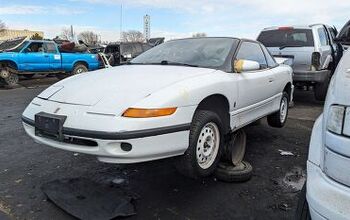

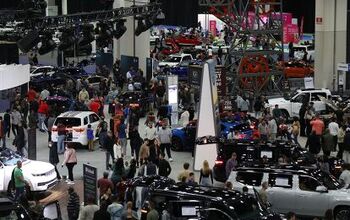
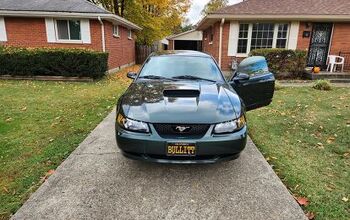
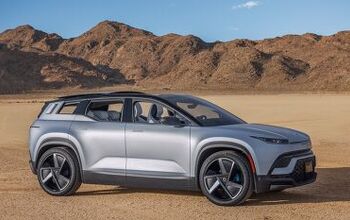
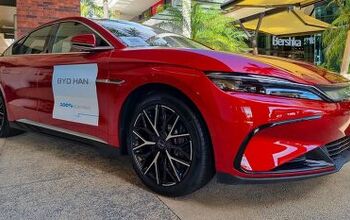
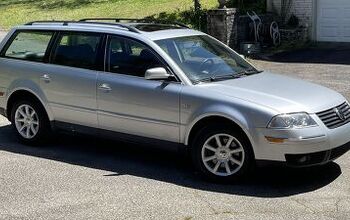

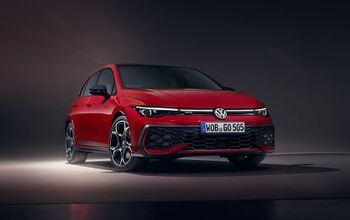
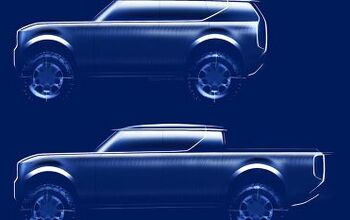

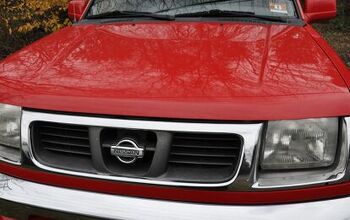
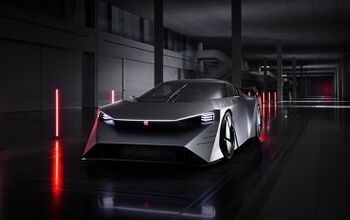
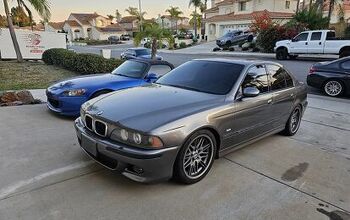
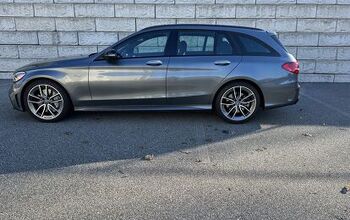
Comments
Join the conversation
I thought the Prius V was a good idea, but I don't know whether they sold many. I used to see them fairly often, but haven't seen one in a while.
I think everyone in the US would choose the corolla hybrid over the prius C. Key differences that I see are 2.0 liter 4 versus 1.5 liter 3 cylinder, and the battery. Let them have the new battery technology in Japan for a few years, get the bugs worked out, then send it over here. I'm fine with that. And I don't think an american is going to go for a 3 cylinder any time soon, unless they don't advertise it. Only bonus to bring it over earlier,the Japanese website says 33.8 / 36 kilometer/liter. 79 to 86 mpg. That's nothing to scoff at. Even if that drops 10 mpg by the time it goes on the EPA circuit, it's a good number.